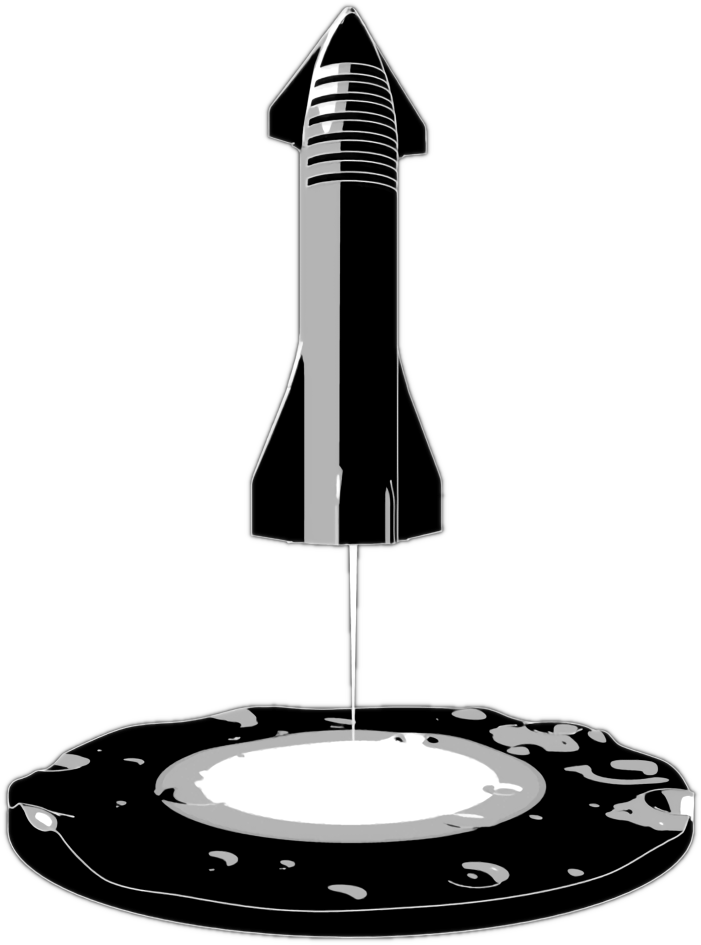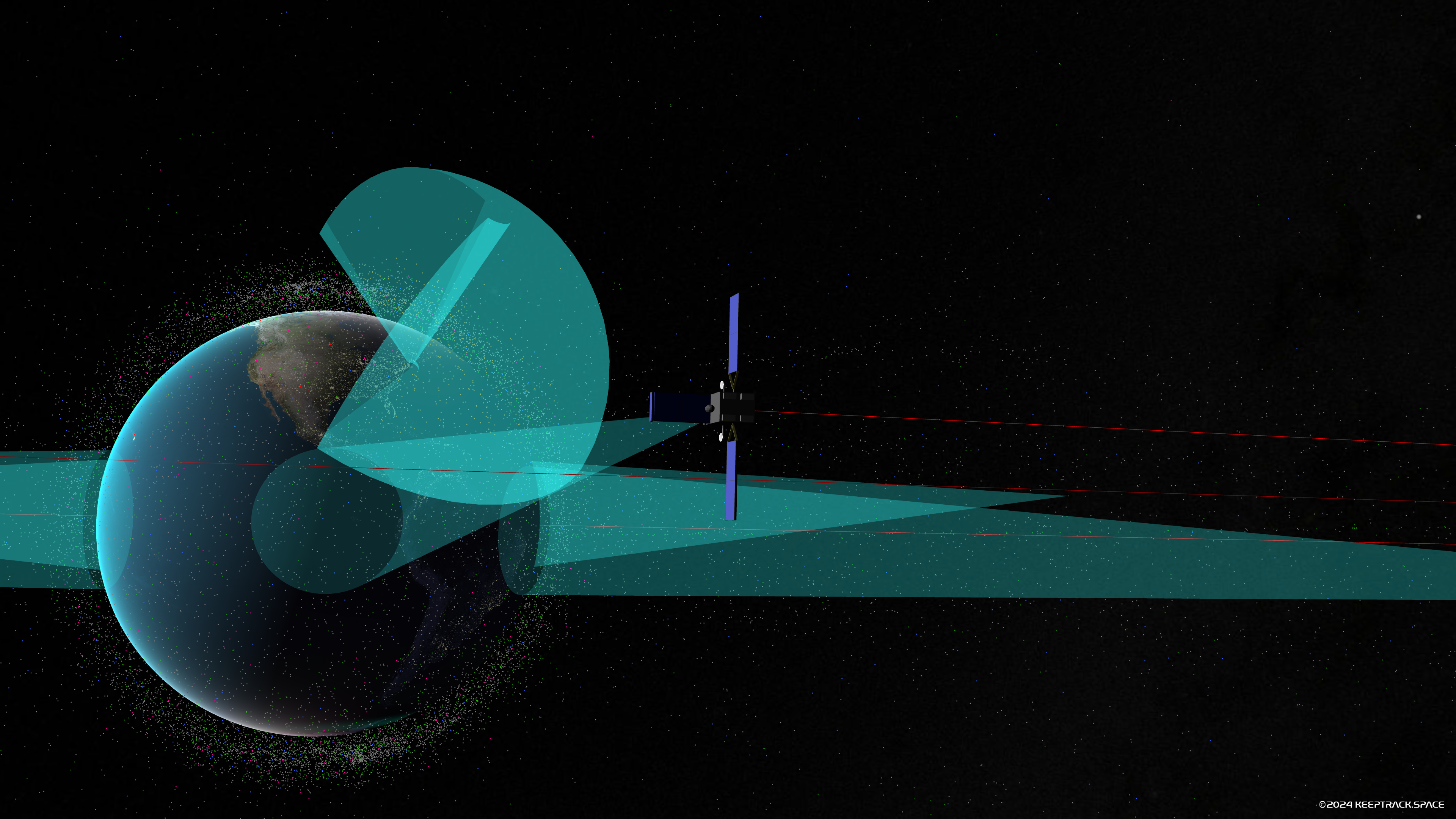· space brief · 6 min read
Space Brief 15 Aug 2025
Discover the latest in space news with the ULA's recent launch for the US Space Force, significant developments in radar tracking at high altitudes, and impactful policy changes involving military space missions.

📄Top Stories
Today’s brief covers the successful launch of USSF-106 aboard ULA’s Vulcan rocket, representing a significant step in national space security. Additionally, the U.S. Space Force has completed a key test with its deep space radar, capable of tracking multiple satellites from 22,000 miles away. We also delve into the ongoing evolution in the management of military space missions by the Space Force.
📰Detailed Coverage
ULA Successfully Launches USSF-106 for Space Force
The United Launch Alliance (ULA) has achieved a milestone with the launch of the USSF-106 mission for the U.S. Space Force from Cape Canaveral. The launch took place on August 12, marking the first National Security Space Launch mission using the Vulcan VC4S rocket. This advancement not only underscores the robust capabilities of ULA but also emphasizes the strategic importance of maintaining and expanding U.S. military assets in space.
This mission highlights the pivotal role of advanced rocketry in launching defense satellites, ensuring communication and surveillance continuity from space. For satellite tracking enthusiasts, it’s noteworthy that such missions enhance the density and diversity of objects in high assets’ orbits, possibly influencing tracking patterns and orbital paths. Read the full story: SpaceWar
Space Force Reinforces Space Operations with Radar Test Success
The U.S. Space Force has successfully tested a new deep space radar capable of tracking multiple satellites from 22,000 miles above Earth. This radar system is pivotal in detecting and monitoring objects in space, thereby reinforcing U.S. defensive capabilities. The radar test represents a critical step in enhancing space situational awareness and ensuring the secure operation of satellites in distant Earth orbits.
This capability is part of a broader effort to improve detection and tracking of smaller debris that could potentially threaten active satellites. It also represents a leap forward in mitigating space debris risks, thus ensuring the safety and operational effectiveness of critical space-based infrastructure. Read the full story: Space.com
Space Force to Integrate Air Guard Space Missions
In a strategic move to streamline military space operations, the U.S. Space Force will integrate space missions previously conducted by the Air Guard, circumventing the need for a separate Space National Guard. This shift, endorsed by Air Force Secretary Troy Meink, aims to consolidate efforts and resources, ensuring operational efficiency and unified command within the armed services’ space components.
The decision will expediently align military space capabilities under the Space Force, allowing for enhanced coordination and reducing bureaucratic overhead. For those tracking satellite operations, this consolidation may indicate potential changes in mission priorities and an increased focus on rapid deployment capabilities in space. Read the full story: SpaceNews
3D Printing Revolutionizing Military Logistics
The U.S. Army envisions a future where 3D printing revolutionizes logistics, enabling rapid manufacturing of drone components and vehicle parts on demand. This burgeoning technology is set to enhance operational readiness by minimizing supply chain dependencies and facilitating the swift production of essential equipment in various terrains.
Additive manufacturing holds promise for satellite deployment as well, potentially allowing for the fabrication of satellite components and even entire cubesats in austere environments or space habitats. The implementation of this technology on a wider scale could alter the landscape of defense and aerospace logistics, impacting satellite manufacturing and deployment strategies. Read the full story: Breaking Defense
NASA’s Ambitious Plans for a Nuclear Reactor on the Moon
NASA’s intention to build a nuclear reactor on the Moon by 2030 has sparked discussions about the legal and regulatory ramifications of such an endeavor. Acting Administrator Sean Duffy highlighted this as a step towards sustainable lunar bases during future space missions. This proposal raises key questions regarding international treaties and lunar governance, balancing innovation with geopolitical and environmental considerations.
While not directly influencing satellite tracking, the development of lunar infrastructure could pave the way for enhanced space exploration capabilities, potentially resulting in new orbital missions and opportunities for satellite deployment. The legal frameworks governing such advancements are crucial to their success. Read the full story: Space.com
🛰️Satellite Spotlight
- Satellite Name: YUNHAI-1 03
- NORAD ID: 53877
- Launch Date: September 20, 2022
- Mission: Meteorology and earth observation
- Orbit: Low Earth Orbit (LEO)
- Operator: SAST (China)
- Fun Fact: Yunhai-1 03 is equipped with two deployable solar arrays, allowing it to harness solar power efficiently while conducting vital meteorological observations.
Track this satellite in real-time on our web app: Track YUNHAI-1 03
🌌Space Weather
Space weather conditions are currently quiet.
Current
R0 - S0 - G0
Last 24 Hour Maximums
R0 - S0 - G0
Recent Alerts
- Electron Flux Alert: Continued high levels of >2 MeV electron flux in geosynchronous orbit, exceeding 1,000 pfu. Satellite systems may experience significant charging, increasing risk to satellite operations.
- Geomagnetic Warning: Extended warning of geomagnetic K-index at 4 expected. Active geomagnetic conditions may affect areas poleward of 65 degrees Geomagnetic Latitude, with potential for weak power grid fluctuations and auroras visible in high latitudes.
Next 24 Hours
-
Radio Blackouts Probability
- Minor: 35
- Major: 5
- Risk: None
-
Solar Radiation
- Probability: 5
- Risk: None
-
Geomagnetic Storming
- Scale: 0
- Impact: none
- Activity: Low
-
Impact Summary
- No risk of radio blackouts anticipated.
- No risk of solar radiation storms expected.
- Geomagnetic outlook shows no G1 (Minor) or greater geomagnetic storms.
- No significant solar wind features forecasted.
- Activity levels suggest a chance for R1-R2 (Minor-Moderate) radio blackouts over 15-17 Aug.
Long Term Forecast
- Forecast of Solar and Geomagnetic Activity (11 Aug - 06 Sep 2025)
- Solar activity is expected to be predominately low, with M-class flare (R1-R2/Minor-Moderate) activity likely.
- High levels of >2 MeV electron flux expected on specific dates: 11-17, 21-22, 27-28 Aug, and 06 Sep.
- Geomagnetic field activity may reach active levels on 11 Aug.
- Periods of G1 (Minor) storming likely on 18-20 Aug and again on 28 Aug.
- Anticipated G2 (Moderate) storming on 05 Sep, with active conditions on 04 and 06 Sep.
🚀Upcoming Space Launches
August 15
- LandSpace Zhuque-2E:
- Unknown Payload from Jiuquan Satellite Launch Center, People’s Republic of China (01:08 UTC) Details TBD.
August 16
- CAS Space Kinetica 1:
- Unknown Payload from Jiuquan Satellite Launch Center, People’s Republic of China (07:25 UTC) Details TBD.
August 17
-
China Aerospace Science and Technology Corporation Long March 4C:
- Unknown Payload from Xichang Satellite Launch Center, People’s Republic of China (08:56 UTC) Details TBD.
-
China Aerospace Science and Technology Corporation Long March 6A:
- Unknown Payload from Taiyuan Satellite Launch Center, People’s Republic of China (14:07 UTC) Details TBD.
-
SpaceX Falcon 9 Block 5:
- Starlink Group 17-5 from Vandenberg SFB, CA, USA (15:44 UTC) A batch of 24 satellites for the Starlink mega-constellation - SpaceX’s project for space-based Internet communication system.
August 20
- Russian Federal Space Agency (ROSCOSMOS) Soyuz 2.1a:
- Bion-M No. 2 from Baikonur Cosmodrome, Republic of Kazakhstan (17:13 UTC) Bion-M is the next generation of Russian biological research satellites, aiming for extended mission durations and increased scientific payloads.
August 21
- SpaceX Falcon 9 Block 5:
- Starlink Group 17-6 from Vandenberg SFB, CA, USA (15:44 UTC) A batch of 24 satellites for the Starlink mega-constellation - SpaceX’s project for space-based Internet communication system.
August 22
-
SpaceX Falcon 9 Block 5:
- OTV-8 (X-37B) (USSF-36) from Kennedy Space Center, FL, USA (00:00 UTC) Eighth flight of the X-37B program aimed at conducting tests and experiments for developing next-generation space technologies.
-
SpaceX Starship:
- Flight 10 from SpaceX Starbase, TX, USA (23:30 UTC) 10th test flight of the two-stage Starship launch vehicle.
Note: Launch dates and times are subject to change due to technical or weather considerations.

Maurice Stellarski




